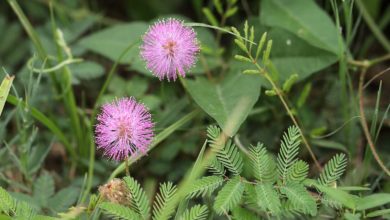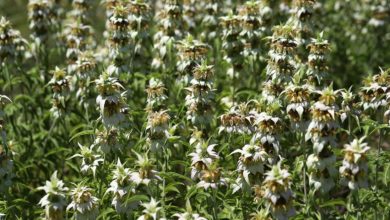Railroad vine, or beach morning glory (Ipomoea pes-caprae) is among the most common and recognizable flowers on Texas dunes. In appearance, its flowers are the same as those that hang from your back fence, but its vines stretch out across the sand in long tracks, hence the name “railroad vine.” Their floppy flowers come in a variety of colors – from pink to violet to white (Ipomoea imperati).

Similar to their backyard cousins, beach morning glory blooms open at sunrise and begin to close again in the heat of the day. Isolated blooms occur almost any time, but flowering peaks from July to September.
Although plants originate from seed, they often expand by extending their ramets and producing new stolons that colonize emerging dunes. Seed dispersal is largely sea-bourne.
References
Devall, M.S. (1992). The biological flora of coastal dunes and wetlands: Ipomoea pes-caprae (L.) Roth. Journal of Coastal Research 8(2): 442-456.





